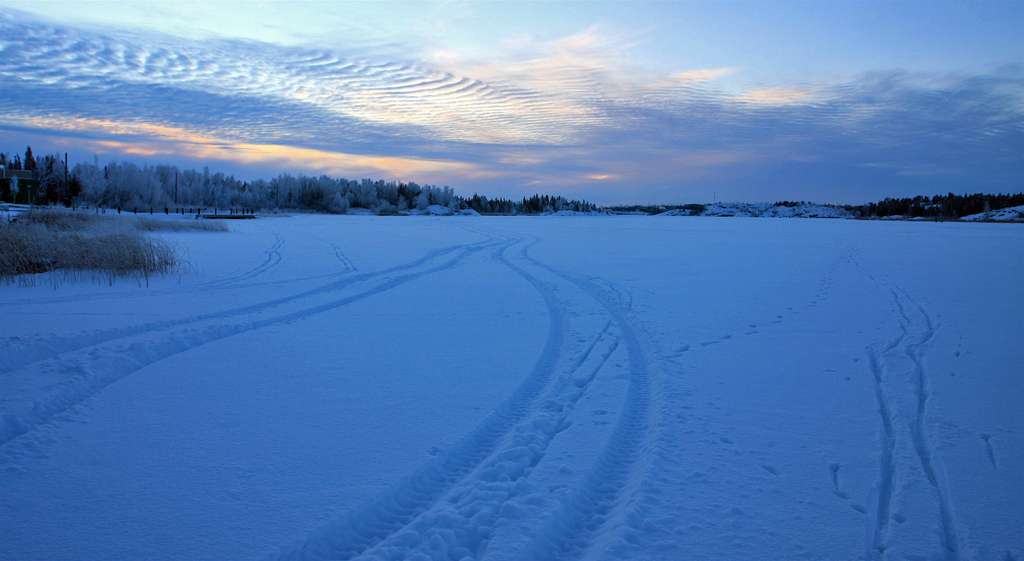
Winter has arrived in Michigan. A blast of cold weather has my pond frozen earlier than it has in several years.
While that may send shivers through my southern friends, I have to be honest…I’m excited! This means I will get to do some ice fishing over the holidays and before I get back out on the road.
Most people outside the northern tier of the country don’t realize how big ice fishing is up here. I can see those same southern friends rolling their eyes, but I’m telling you, it’s a blast.
Especially nowadays with the great equipment we have to protect us from the elements and make us more efficient.
I fish a lot for bluegills, perch and crappies and there is not a better tasting fish than panfish caught through the ice.
But I also do a lot of jigging for bass. We use battery- and gas-powered augers to drill holes quickly and our ice fishing electronics come equipped with sonar, GPS and mapping to help us find the hot spots just as we do in the summer.
I just got a new Helix 7 Ice Model that I’m anxious to try. With the mapping, I can locate the structure easily and the sonar helps me pinpoint the fish. I will drill several holes along a likely looking area and won’t drop a line unless I see there are fish there.
And another thing that will surprise southern anglers is that these northern bass don’t get as dormant in the winter as they think. The bass actually bite aggressively when you get around them, which is usually in the same areas where we caught them in the fall.
Early ice is among the best because there is zero pressure on the lakes that get a ton of fishing during the summer. The bass really group up, too.
And they get pretty shallow. I rarely catch them in deep water; I’ve caught them as shallow as 5 feet and they hit a bait nearly as aggressively.
Spoons and blade baits (like the Silver Buddy) are commonly used for bass, but I also like to vertically jig a Strike King Redeye Shad. It falls with a seductive wobble and draws nearby bass to it. The only difference is I use smaller baits, such as 1/4-ounce.
For bass, I use short spinning rods rigged with 6-pound Bass Pro XPS Fluorocarbon line. I tie a barrel swivel onto the line a few feet up to reduce line twist and use a small snap at the end which makes changing baits easier in the cold weather.
For panfishing, we use tiny jigs tipped with wax worms or other natural maggot baits. And for panfishing, we often lower an underwater camera into our holes to check out the different species of fish we see on the graph. You can even watch the bluegill suck in your tiny bait before the bobber moves!
I use custom ultra-light rods with 2-pound fluorocarbon for my panfishing and use a wire spring bobber off the rod tip to detect strikes because it’s more sensitive than a bobber floating in the water. It’s a really good tune-up for bass fishing because you really have to watch your line and pay attention for subtle bites.
The biggest challenge is covering water. I’m not one to sit in one spot for very long, so I adopt similar power fishing techniques that I use in the summer. I usually go with a friend and we drill multiple holes, checking each one for fish. We only give a hole 10 minutes without a bite before we move to the next.
No one should ever go onto the ice alone and should always carry a safety rope. We never venture onto frozen water unless it has 3 inches of solid ice; even if it appears thick, you have to be careful because a lot of our lakes have springs that weaken some areas.
If you dress warm and only go when the ice is safe, you can experience cold-weather fishing that’s truly worth the effort.
And always remember, it’s all about the attitude!
Kevin VanDam’s column appears weekly on Bassmaster.com. You can also find him on Facebook, Twitter and Instagram.

